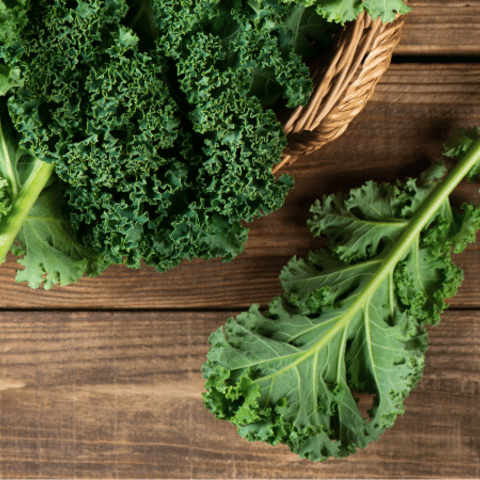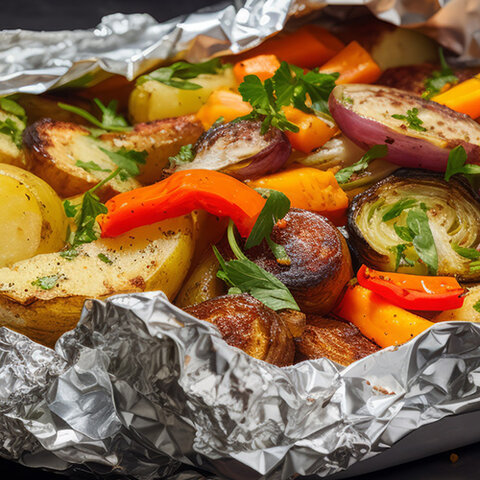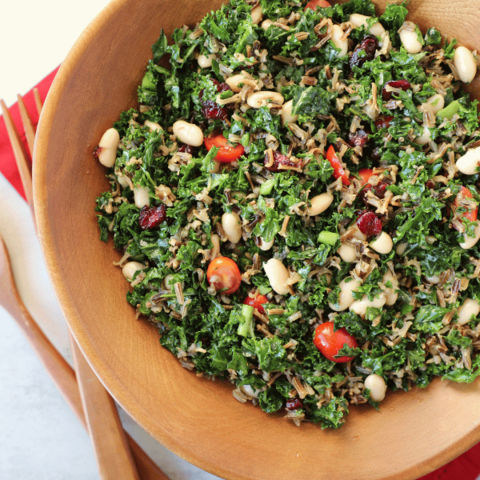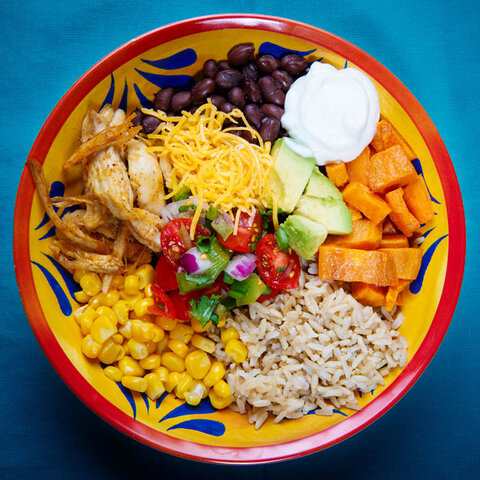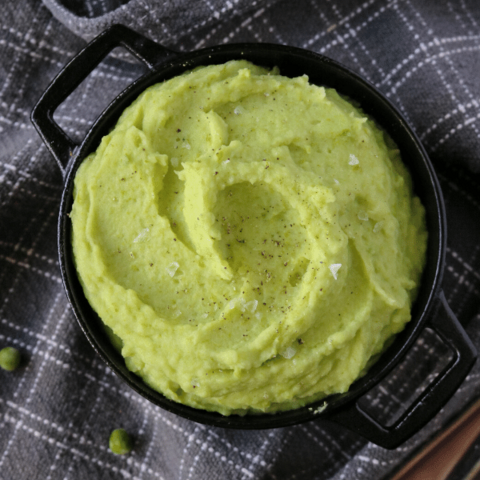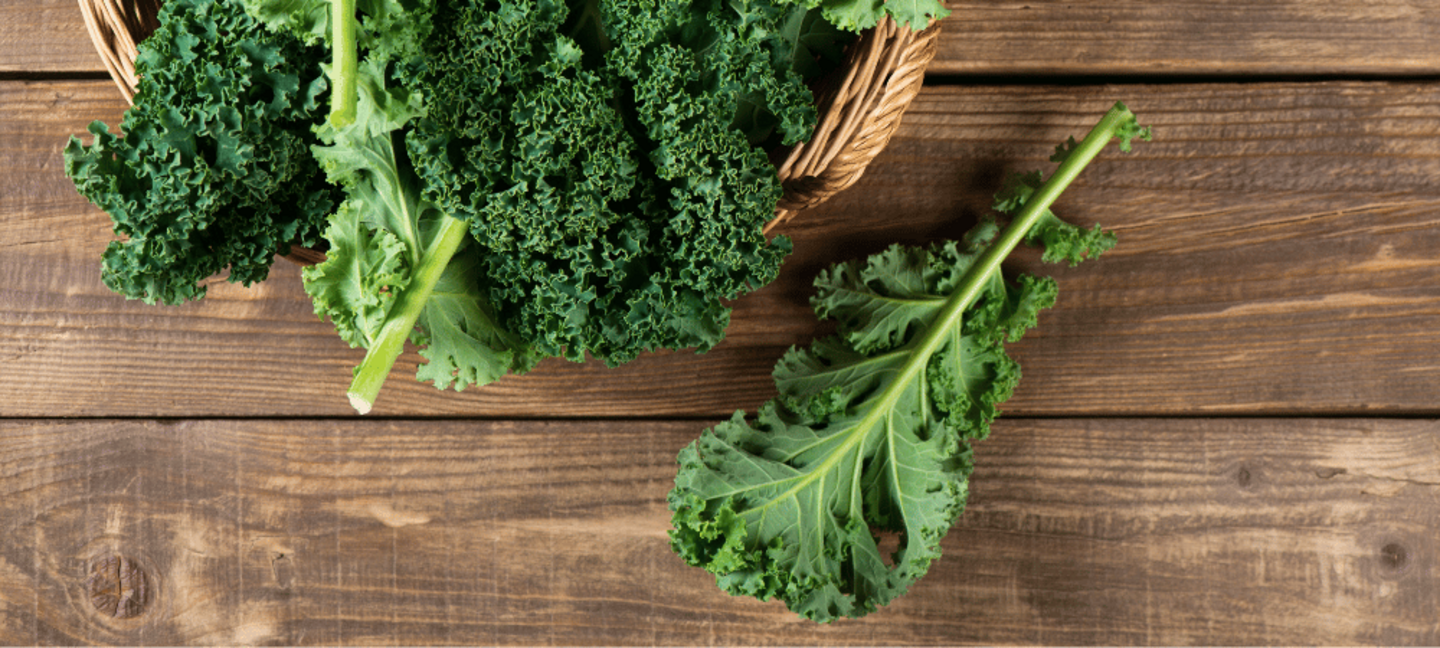
Kale is a cruciferous vegetable that is part of the mustard plant family. There are many types of kale including purple, curly and dino kale.
Nutrition and Health Benefits of Kale
Kale is high in vitamin C, which helps heal cuts and wounds. It is also high in vitamin A, which promotes good vision and cell growth. Kale is a good source of calcium which helps support bones.
How to Select Kale
Choose kale with firm leaves that are free from damage or are brown or yellow colored. For curly or dino kale, choose leaves that have a deep green color. When choosing purple kale, choose leaves that have a purple colored stem with full purple leaves or purple edges.
How to Store Kale
Kale can be stored unwashed in a plastic bag in the refrigerator for up to five days.
How to Prepare Kale
- Add to soup or stews
- Sauté kale with garlic and oil and serve as a side dish
- Bake to make kale chips
- Massage kale with a little lemon juice to soften the leaves for a salad
- Add to a pasta dish or pasta sauce
- Add to a stir-fry or fried rice
- Top a burger with kale leaves
- Add chopped kale to an omelet
- Add to a homemade pizza
- Make a pesto with olive oil, kale and walnuts
- Add to a smoothie
- Add to a sandwich or wrap
- Mix in kale with a grain or pasta salad
Seasonal Availability of Kale in Nebraska
| Jan | Feb | Mar | Apr | May | Jun | Jul | Aug | Sep | Oct | Nov | Dec | |
|---|---|---|---|---|---|---|---|---|---|---|---|---|
| Harvest | x | x | x | x | x | x | ||||||
| Market | x | x | x | x | x |
Featured Recipes
Source:
- Seasonal Produce Guide - Kale, SNAP-Ed Connection
- Nebraska Harvest Schedule, Buy Fresh Buy Local Nebraska



